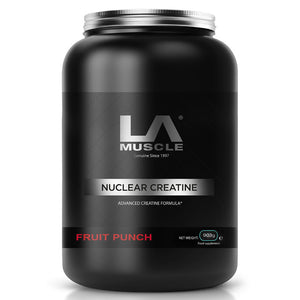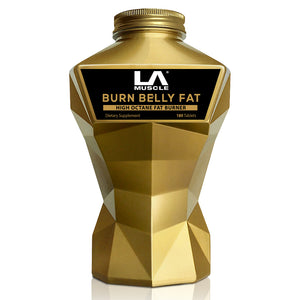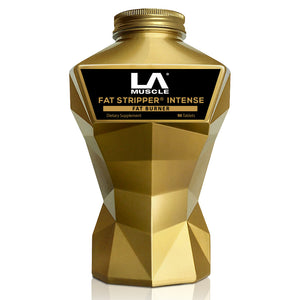
The deadlift is a fundamental compound exercise that targets multiple muscle groups, including the lower back, glutes, hamstrings, and core. It is a staple in strength training routines, powerlifting competitions, and functional fitness programs. However, many individuals experience back pain when performing deadlifts. In this article, we will delve into the reasons behind back pain during deadlifts and provide practical tips on how to avoid it.
I. The Mechanics of Deadlifting
Before we discuss back pain, it's essential to understand the mechanics of the deadlift. A proper deadlift involves lifting a loaded barbell from the ground to a fully upright position, using a hip hinge movement pattern. The key components of a deadlift include:
-
Setup: Start with your feet hip-width apart, toes pointing forward, and the barbell over the midfoot. Bend at the hips and knees to lower your torso while maintaining a neutral spine.
-
Gripping the bar: Grasp the bar with a mixed or double overhand grip, hands just outside your knees.
-
Lifting: Engage your core, drive through your heels, and extend your hips and knees simultaneously to lift the bar. Keep the bar close to your body throughout the lift.
-
Lockout: Stand upright with your shoulders back and chest out, hips fully extended, and the bar held against your thighs.
II. Common Causes of Back Pain During Deadlifts
-
Poor Form: The most common cause of back pain during deadlifts is poor form. Incorrect posture or technique can place excessive stress on the lower back, leading to injury.
-
Weak Muscles: Weakness in the muscles of the lower back, glutes, and core can make it challenging to maintain proper form and support the spine during heavy lifts.
-
Overtraining: Excessive deadlifting without sufficient recovery can lead to overuse injuries, including lower back pain.
-
Muscular Imbalances: Imbalances between the anterior and posterior muscle groups can affect the stability of the spine during the lift.
-
Spinal Flexion: Rounding the lower back during the lift, known as spinal flexion, can cause shearing forces on the intervertebral discs and result in pain or injury.
III. Preventing Back Pain During Deadlifts
-
Learn Proper Technique: Before attempting heavy deadlifts, it's crucial to learn and master the correct form. Consider working with a certified coach or trainer who can provide guidance and feedback.
-
Warm-Up: Prior to lifting heavy weights, engage in a thorough warm-up that includes mobility exercises and dynamic stretching to prepare the muscles and joints for the demands of the deadlift.
-
Strengthen the Core and Lower Back: Incorporate exercises such as planks, Romanian deadlifts, hyperextensions, and cable pull-throughs to strengthen the core and lower back.
-
Gradual Progression: Avoid lifting heavier weights too quickly. Progress gradually to allow your muscles, tendons, and ligaments to adapt to the demands of deadlifting.
-
Maintain Neutral Spine: Focus on keeping a neutral spine throughout the lift. Brace your core and engage your lats to stabilize the spine and prevent rounding.
-
Use Proper Equipment: Invest in a weightlifting belt to support your lower back during heavy lifts. Additionally, lifting shoes with a raised heel can improve your lifting mechanics.
-
Recovery and Rest: Allow adequate time for recovery between deadlift sessions. Overtraining can lead to fatigue and increased risk of injury.
-
Address Muscular Imbalances: If you have muscle imbalances, work on strengthening weaker muscle groups through targeted exercises.
-
Listen to Your Body: Pay attention to any discomfort or pain during deadlifts. If you experience persistent pain, seek advice from a healthcare professional or physical therapist.
Deadlifting is an effective exercise for building strength and muscle, but it can also lead to back pain if performed incorrectly or with poor preparation. By learning proper technique, strengthening key muscle groups, and incorporating smart training strategies, you can minimize the risk of back pain during deadlifts and enjoy the many benefits of this essential exercise. Remember that safety and injury prevention should always be a priority in your fitness journey.


























